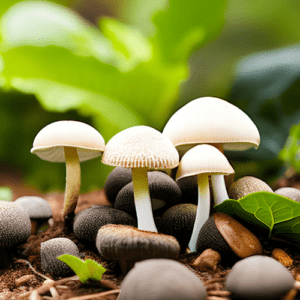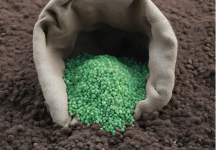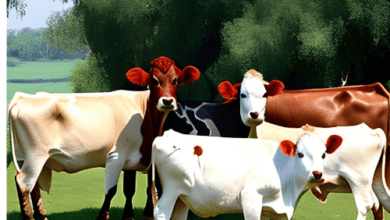This is how you can grow mushrooms, but be careful of these illnesses
Currently, there are a few specialized high-income crops, with mushroom farming making up the majority of such crops. Since there is now a far higher demand for mushrooms than there was before, it is now possible to make money from their production. Today, we’ll provide you with step-by-step instructions on how to start growing mushrooms as well as details on the illnesses that often affect them and how to treat them.
Step 1: Select the Correct Species of Mushroom: Choose the kind of mushroom you wish to grow. Oyster mushrooms, button mushrooms, shiitake mushrooms, and many more unique species of mushrooms are now available. You may begin its cultivation based on variables including market demand, climate adaptability, and personal requirements.
Step 2: Get the Substrate Ready The substance on which the mushrooms grow is known as the substrate. Straw, sawdust, wood chips, and other materials, including agricultural waste, are mixed together. To get rid of organisms that are competitors and establish a good environment for mushroom development, sterilize or pasteurize the substrate.
Step 3: Spawn Process: To start the mushroom spawning process, sterilize the substrate. The mycelium that will ultimately grow into the adult mushroom is present in the spawn, which is essentially the fungus’s “seed”. Spread the spawn out equally across the substrate.
Step 4: Proper Environment: Maintain a clean, dark, and humid environment for the substrate. Maintain the ideal temperature and humidity for the particular kind of mushroom. The mycelium will spread throughout the substrate at this time, which will have an impact on the crop.
Step 5: Growing Environments When you provide ideal growth circumstances, mushrooms will start to develop. This entails exposing the mycelium to certain temperature and humidity ranges, fresh air, light (or darkness, depending on the species), and other environmental factors. To maintain the ideal atmosphere, maintain sufficient ventilation and misting.
Step 6: Harvesting: Carefully slice the mushrooms by turning them over or cutting them off at the base after they have grown to their maximum size and maturity. Various techniques are used for different types of mushroom harvesting. To prevent overripening or spoiling, harvest as soon as possible.
Step 7: Disease Management: A variety of diseases and pests may affect mushroom growth. A robust disease control strategy is essential for mushroom growth. Here, we’ll go through a few common illnesses and how to treat them.
Bloch Mycelial Disease:
Mycelium with black patches, sluggish development, and poor mushroom production are the symptoms.
Management: Practice appropriate ventilation to prevent moisture, maintain correct hygiene, and assure substrate sterilization.
Trichoderma spp., or green mold
Green or blue-green fungus on the substrate, mycelium, or mushroom are the symptoms.
Management: Maintain hygienic standards, cut humidity, boost airflow, and make sure the substrate is thoroughly pasteurized or sterilized.
X-type mushroom virus
Symptoms include a misshapen cap, abnormal mushroom growth, and color changes.
Utilize virus-free spawn, maintain high cleanliness, segregate contaminated batches, and remove and kill diseased mushrooms as soon as possible.
The Dactylium Blight
Symptoms include poor mushroom production and a white, cotton-like growth on the mycelium.
Maintain a clean environment, suitable ventilation, and ideal humidity levels. Dispose of and remove the damaged substrates.
Scyrid fly, or mushroom fly:
Small flies surrounding the mushroom and damage to the mycelium and mushroom are symptoms.
Management: To keep an eye on and manage fly populations, use yellow sticky traps. Maintain the manufacturing area’s cleanliness and hygienic standards.
Conclusion:
Growing mushrooms may be a rewarding and successful agricultural endeavor. You may effectively produce high-quality mushrooms by following the methods outlined above and putting excellent disease control measures into practice.
Your performance as a mushroom farmer will be influenced by consistent observation, meticulousness, and ongoing education.







